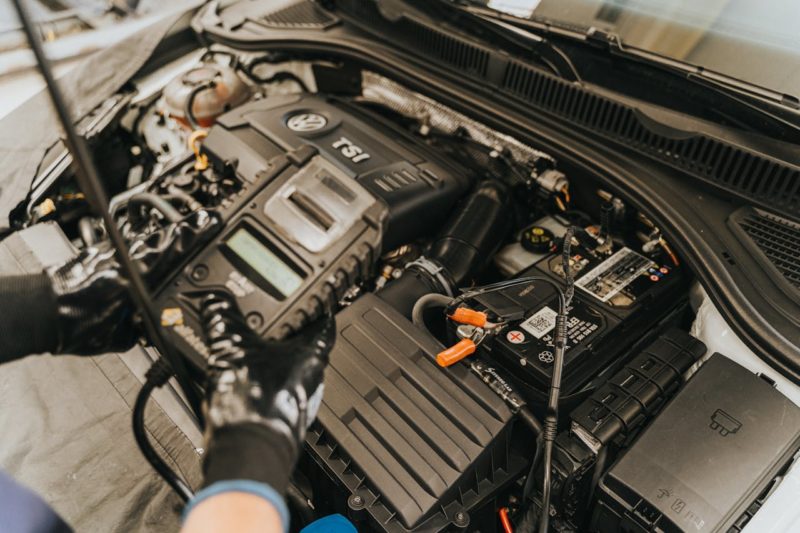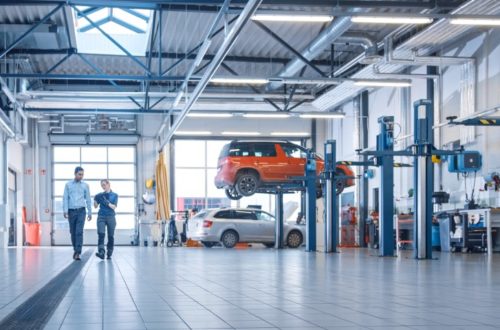How to Know When It’s Time to Replace Car Parts

Wondering when to replace car parts? Staying ahead of wear and tear is key to keeping your vehicle safe and reliable. This guide explains the signs, timing, and tips for spotting failing components early—before they turn into costly repairs.
Signs of Wear and Tear
No matter how well it’s engineered, every vehicle experiences wear and tear over time. Recognizing signs of aging and fatigue in car parts is crucial to preventing minor issues from spiraling into major repairs or dangerous breakdowns. Many drivers notice trouble through unfamiliar sounds, such as squealing brakes, grinding gears, or a persistent ticking under the hood. Other clues include vibrations in the steering wheel or pedals, decreased braking ability, or changes in the feel of the accelerator.
Visual inspections often reveal worn hoses, cracked belts, and corroded connections. Any puddles, stains, or drips under your car may spell trouble—oil, coolant, brake fluid, or transmission fluid leaks need swift attention. Additionally, dashboard lights such as the check engine, battery, or ABS warnings are designed to alert you the moment something’s amiss. If you notice any of these symptoms, seeking trusted car parts and acting quickly can save time and money. Prioritizing prompt replacement of failing components keeps your vehicle safe and reliable, making it less likely to leave you stranded.
Why Regular Checkups Matter
Regular checkups are essential for keeping your vehicle running smoothly and safely. Over time, parts like brakes, belts, and filters wear down, often without noticeable signs, until they fail. Routine inspections help identify these issues early, preventing costly repairs and unexpected breakdowns. Knowing when it’s time to replace car parts often comes down to recognizing subtle changes in performance, unusual noises, or dashboard warnings. Ignoring these signs can lead to more serious problems that affect your safety and wallet. Staying proactive also provides better insight when comparing repair costs versus exploring new car sales, especially if your vehicle requires frequent fixes. Informed decisions start with regular maintenance, ensuring your car remains reliable for the road ahead.
Common Car Parts That Need Replacing
Knowing which parts routinely require replacement empowers drivers to budget for maintenance and avoid unexpected failures. Here are several components that most cars will need to be replaced throughout their lifetime:
- Tires: Replace when tread depth is below 2/32 of an inch or if there are sidewall cracks. Typically replaced every 25,000 to 50,000 miles, depending on driving habits and road conditions. Rotate tires and check pressure monthly to extend lifespan.
- Batteries: Last three to five years under standard conditions, but extreme heat or short driving can reduce lifespan. Signs of battery failure include dim headlights, slow starting, or corrosion on terminals.
- Brake pads and rotors: Brake pads usually last 25,000 to 65,000 miles. Rotors may last through several pad changes but should be checked for warping and thinning.
- Windshield wipers: Streaks, skipping, or squeaking indicate worn-out blades. Most drivers need new wipers every six months to a year, especially in harsh climates.
- Belts and hoses: These rubber components may crack, swell, or fray with age, showing wear by 60,000–100,000 miles. Failure can cause overheating or loss of power steering.
- Filters (air, fuel, cabin): Air filters require replacement every 15,000 to 30,000 miles, depending on air quality. Clogged filters lower engine efficiency and indoor air quality.
Creating a maintenance record and checking these items consistently can help drivers spot emerging issues before they impair vehicle performance or safety.
Mileage Versus Condition
Mileage is often the primary indicator for when to replace parts, but real-world conditions and environmental factors can complicate the process. A vehicle used for highway commuting may have less stress than one used for city driving or heavy loads. Environmental factors like traffic, potholes, and rough surfaces can also impact the wear rate of essential parts. Instead of waiting for a mileage milestone, use physical cues, dashboard alerts, and car behavior changes as signals for inspection or parts replacement.
Role of Weather and Environment
Geographic location and climate significantly impact vehicle longevity. Extreme heat, cold, humidity, salty air, and dusty environments can degrade tire pressure and tread, causing issues like battery strength and engine rusting. The National Highway Traffic Safety Administration emphasizes the need for regular air checks, seasonally appropriate tire changes, protective undercoats, frequent washing, and timely replacements of weather-exposed parts. Being mindful of surroundings and adjusting maintenance routines can reduce unexpected mechanical failures.
DIY or Professional Help
Car care can be rewarding and cost-effective, but not all repairs are suitable for DIY. Simple tasks like filter replacements are easily managed with the right tools and patience. Complex maintenance such as brake service, suspension work, or timing belt replacements requires experience, precision tools, and safety precautions. Even highly skilled enthusiasts should seek professional help for hydraulic, electrical, or engine systems. Recognizing early signs of wear is as important as knowing one’s limits and seeking expertise.
Staying Informed and Safe
Technology is transforming car maintenance by providing alerts on dashboards or smartphones for scheduled service, recall notifications, and performance issues. This proactive approach helps identify trends and underlying problems. Responding promptly to warnings and collaborating with service professionals to review vehicle history helps minimize breakdowns, maintain safety, and ensure reliability. This proactive strategy reduces breakdowns and protects both drivers and passengers.
Conclusion
Understanding when to replace car parts is essential for maintaining your vehicle’s performance, safety, and value. From recognizing early warning signs to accounting for driving habits and climate, staying proactive helps you avoid unexpected breakdowns and costly repairs. Regular inspections, timely replacements, and knowing when to seek professional help all play a role in keeping your car road-ready and reliable for the long haul.
Would you like to receive similar articles by email?





